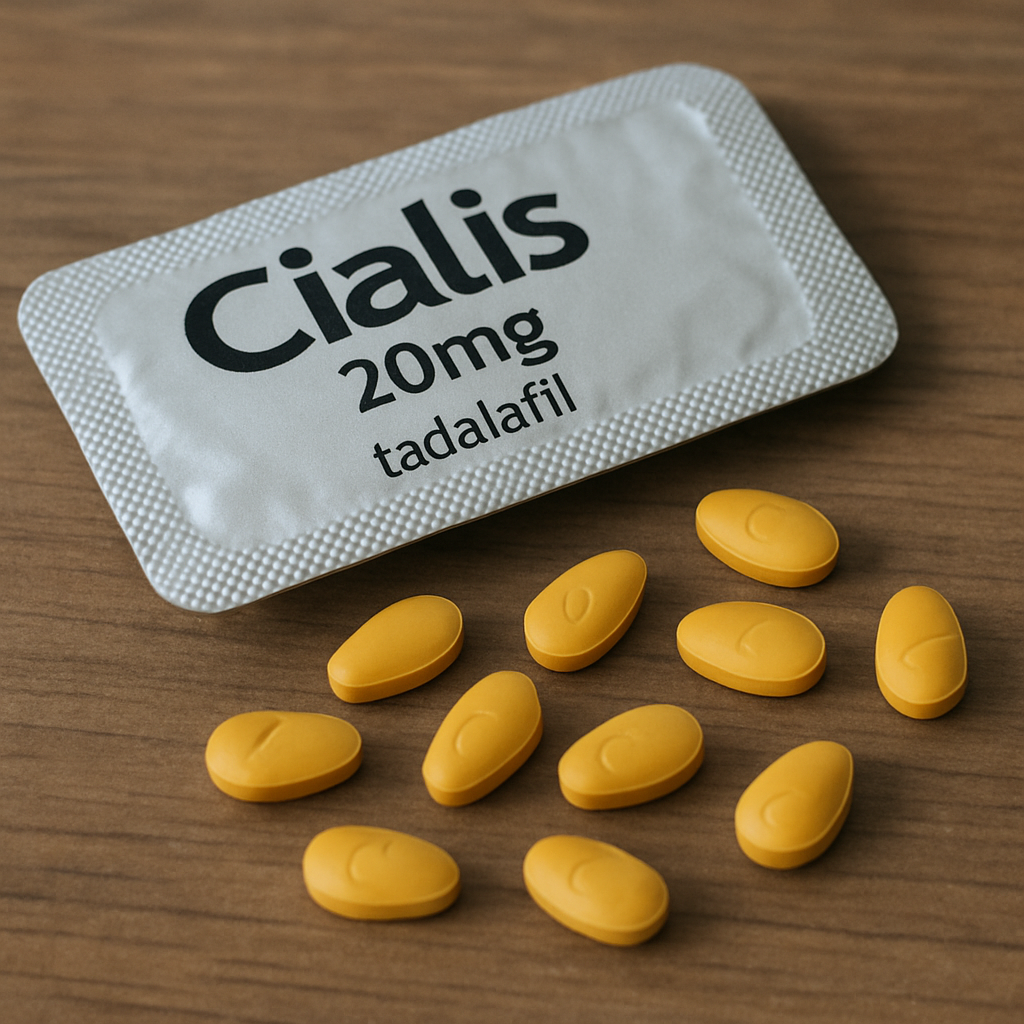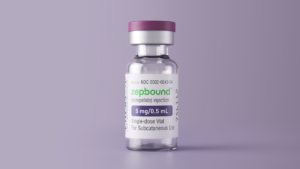When it comes to managing erectile dysfunction, Cialis is a popular choice for many men. But one common question arises: should you take Cialis 10 mg or 20 mg? Understanding the differences in dosage can help you make an informed decision about what’s best for you. In this article, we’ll explore the nuances of Cialis dosages, how they work, and what you should consider when deciding between the two.

Cialis, also known by its generic name tadalafil, is a medication used to treat erectile dysfunction (ED). It works by increasing blood flow to the penis, helping achieve and maintain an erection suitable for sexual activity. Unlike some other ED medications, Cialis is known for its longer duration of action, often lasting up to 36 hours.
How Cialis Works
Cialis operates by inhibiting the enzyme phosphodiesterase type 5 (PDE5) found in the walls of blood vessels. This inhibition leads to increased levels of cyclic guanosine monophosphate (cGMP), facilitating smoother muscle relaxation and improved blood flow to the penis. This process is crucial for achieving a firm erection in response to sexual stimulation.
Duration and Onset
One of the standout features of Cialis is its extended duration. While some ED medications work for just a few hours, Cialis can remain effective for up to 36 hours. This prolonged effect means that you have a wider window of opportunity to engage in sexual activity without feeling rushed.
Comparisons with Other ED Medications
Cialis is often compared with other ED medications like Viagra (sildenafil) and Levitra (vardenafil). While all three medications function similarly, Cialis’s longer duration sets it apart. This aspect can be particularly appealing for those who prefer a more spontaneous approach to intimacy, rather than planning around a shorter window of medication effectiveness.
Cialis Dosage Options
Cialis is available in different dosages, but the 10 mg and 20 mg options are the most commonly prescribed for situational use. Here’s a closer look at each:
Cialis 10 mg
The 10 mg dose is often recommended as a starting point for men who are new to Cialis or who only need a moderate level of assistance with their ED. This dosage is typically taken before anticipated sexual activity and can be adjusted based on effectiveness and tolerance.
Starting with 10 mg
For those new to ED treatments, starting with a lower dose like 10 mg is prudent. It allows you to gauge how your body responds to the medication without overwhelming your system. This approach minimizes the risk of adverse side effects, offering a safer introduction to Cialis.
Adjusting Dosage
If the 10 mg dose proves effective with minimal side effects, some men find no need for adjustment. However, if desired results aren’t achieved, consulting with a healthcare provider about adjusting the dosage is essential. It’s important to ensure that any changes are done under medical guidance to prevent potential complications.
Considerations for Long-Term Use
For ongoing management of ED, understanding how your body adapts to Cialis over time is crucial. Regular consultations with your doctor can help determine if the 10 mg dosage remains appropriate or if adjustments are necessary. Balancing efficacy with tolerability is key to long-term satisfaction and safety.
Cialis 20 mg
For men who find the 10 mg dosage insufficient, the 20 mg dosage may be recommended. This higher dose provides a stronger effect and is suitable for those who need more support in achieving an erection. However, it’s important to note that the 20 mg dose may also increase the likelihood of side effects.
Enhanced Potency
The 20 mg dosage is designed for those who need a more robust response from the medication. This higher dose can enhance potency, providing a more reliable erection for those who didn’t achieve desired results with the 10 mg dose. It’s crucial to assess this option under medical supervision to ensure it’s appropriate for your health status.
Monitoring Side Effects
With the increased potency of 20 mg, there is also a heightened risk of side effects. Common side effects may include headaches, flushing, or nasal congestion. Monitoring these effects and communicating with your healthcare provider can help in deciding if this dosage is sustainable for you.
Who Should Consider 20 mg
Men with more severe ED or those who have not responded adequately to the 10 mg dosage might consider the 20 mg option. It’s especially important for these individuals to have their overall health evaluated, as underlying conditions could influence the decision to use a higher dose safely.
How to Choose Between 10 mg and 20 mg

Choosing between Cialis 10 mg and 20 mg depends on several factors, including your health, how your body responds to medication, and your doctor’s recommendations. Here are some considerations to keep in mind:
Effectiveness
Both dosages are effective, but the 20 mg dose is generally more potent. If you find that 10 mg doesn’t provide the desired results, you might consider moving to 20 mg. However, effectiveness varies from person to person, so it’s essential to monitor how your body reacts.
Personal Experience
Your personal experience with Cialis can greatly influence your choice of dosage. If the 10 mg dose provides satisfactory results with no adverse effects, it may be the best option for you. However, if performance falls short, a shift to 20 mg could offer the enhancement needed for improved sexual function.
Feedback from Partners
Feedback from sexual partners can also guide your decision. Open communication about satisfaction levels can provide additional insights into whether a dosage adjustment is necessary. This dialogue ensures that both parties’ needs are considered in the decision-making process.
Comparing Results
Comparing results between the two dosages involves more than just physical response; it includes overall satisfaction with the experience. Consider factors such as confidence in sexual performance, ease of achieving an erection, and the quality of intimacy when evaluating effectiveness.
Tolerance and Side Effects
Cialis is generally well-tolerated, but side effects can occur, especially at higher doses. Common side effects include headaches, indigestion, back pain, and muscle aches. If you experience side effects with the 10 mg dosage, you may want to avoid increasing to 20 mg.
Understanding Side Effects
Understanding the range and severity of potential side effects is crucial. While most side effects are mild and transient, they can affect the overall experience. Knowing what to expect can help mitigate concerns and ensure you’re prepared to handle any adverse reactions.
Managing Adverse Reactions
Managing side effects involves more than just tolerating them. Proactive measures, such as staying hydrated, avoiding alcohol, and maintaining a healthy lifestyle, can minimize their impact. Discussing side effects with a healthcare provider can also lead to tailored strategies for management.
Long-Term Tolerance
Long-term use of Cialis should not lead to an increase in side effects if the dosage is appropriate. Regular check-ups with your healthcare provider can ensure that the chosen dosage remains suitable as your body adjusts over time. Monitoring long-term tolerance helps maintain a balance between efficacy and safety.
Medical Conditions and Medications
Your overall health and any other medications you’re taking can influence your decision. Certain medical conditions, such as heart problems or high blood pressure, may affect your suitability for higher dosages. Always discuss with your doctor to ensure that Cialis is safe for you.
Impact of Pre-existing Conditions
Pre-existing conditions play a significant role in determining the appropriate Cialis dosage. Conditions like diabetes, cardiovascular issues, or kidney problems can influence how your body processes the medication. It’s critical to address these factors with your healthcare provider before adjusting dosages.
Drug Interactions
Cialis can interact with other medications, potentially altering its effectiveness or increasing side effects. Medications such as nitrates, alpha-blockers, and certain antifungals require careful consideration. A thorough review of your current medication list with your doctor is essential to avoid adverse interactions.
Tailoring Dosage to Health Needs
Tailoring your Cialis dosage to your specific health needs ensures that you’re maximizing benefits while minimizing risks. Your healthcare provider can help create a personalized plan that considers your medical history, current health status, and medication regimen. This approach promotes safe and effective ED management.
Cialis Dosage Guide
It’s important to follow a dosage guide tailored to your needs. Here’s a general guideline:
- Starting Dose: Most men begin with 10 mg before sexual activity. It’s recommended to take the dose at least 30 minutes before.
- Adjustment: Depending on efficacy and side effects, the dose can be adjusted to 20 mg or reduced to 5 mg.
- Frequency: Do not take Cialis more than once a day. The long-lasting effects mean that frequent dosing is unnecessary and can increase the risk of adverse effects.
Starting with the Recommended Dose
Starting with the recommended dose allows you to experience the medication’s effects while minimizing risks. This initial phase is crucial for assessing how your body reacts and whether any adjustments are needed. Patience and monitoring during this period are key to finding the right balance.
Adjusting Dosages Safely
Adjusting your dosage should always be done under the guidance of a healthcare professional. They can provide insights into whether an increase or decrease is warranted based on your response and any side effects experienced. This process ensures that changes are made safely and effectively.
Importance of Adhering to Guidelines
Adhering to dosage guidelines is essential for ensuring the safe use of Cialis. Overuse or improper adjustments can lead to increased side effects or reduced effectiveness. Following medical advice and established guidelines helps maintain optimal results and minimizes health risks.
Factors Affecting Cialis Effectiveness

by Felix Eka Putra Kuntjoro (https://unsplash.com/@fekapk)
The effectiveness of Cialis can be influenced by various factors, including:
- Food and Alcohol: Large meals or excessive alcohol intake can reduce the effectiveness of Cialis. It’s best to take it on an empty stomach or after a light meal.
- Lifestyle: Smoking and stress can also affect how well Cialis works. Consider lifestyle changes to improve your overall health and ED management.
- Timing: While Cialis can work quickly, planning ahead ensures optimal results. Try to anticipate when you might need it, as the effects can last up to 36 hours.
Dietary Considerations
Dietary habits can significantly impact how well Cialis works. Consuming large or heavy meals can slow down absorption, delaying its effects. Opting for lighter meals or taking the medication on an empty stomach can enhance its efficacy and ensure quicker onset of action.
Lifestyle Modifications
Implementing positive lifestyle changes can complement the effects of Cialis. Reducing stress through relaxation techniques, regular exercise, and quitting smoking can enhance overall sexual health. These modifications not only improve ED outcomes but also contribute to better general well-being.
Timing for Maximum Benefit
Understanding the timing of Cialis intake is crucial for maximizing its benefits. Planning your dosage around anticipated sexual activity allows for optimal results. With effects lasting up to 36 hours, you have a flexible window, but aligning intake with your lifestyle ensures readiness when needed.
Conclusion
Deciding between Cialis 10 mg and 20 mg requires understanding your needs and how your body responds to the medication. While the 10 mg dosage is a good starting point, the 20 mg might be necessary for some. Always consult with your healthcare provider to determine the best course of action. Taking the right dosage can significantly improve your experience and enhance your quality of life.
Personalized Decision-Making
Making a personalized decision about your Cialis dosage involves considering your health, lifestyle, and personal preferences. Working closely with a healthcare provider ensures that your choice is informed and tailored to your individual needs, leading to more satisfactory outcomes.
The Role of Professional Guidance
Professional guidance is invaluable when navigating ED treatment options. A healthcare provider can offer insights and recommendations based on your unique health profile, ensuring that your chosen dosage is safe and effective. This collaboration is key to successful ED management.
Beyond Medication
Remember, Cialis is just one tool in managing erectile dysfunction. A healthy lifestyle, open communication with your partner, and working closely with your healthcare provider can all contribute to better outcomes. Integrating these elements creates a holistic approach to managing ED and improving quality of life.



